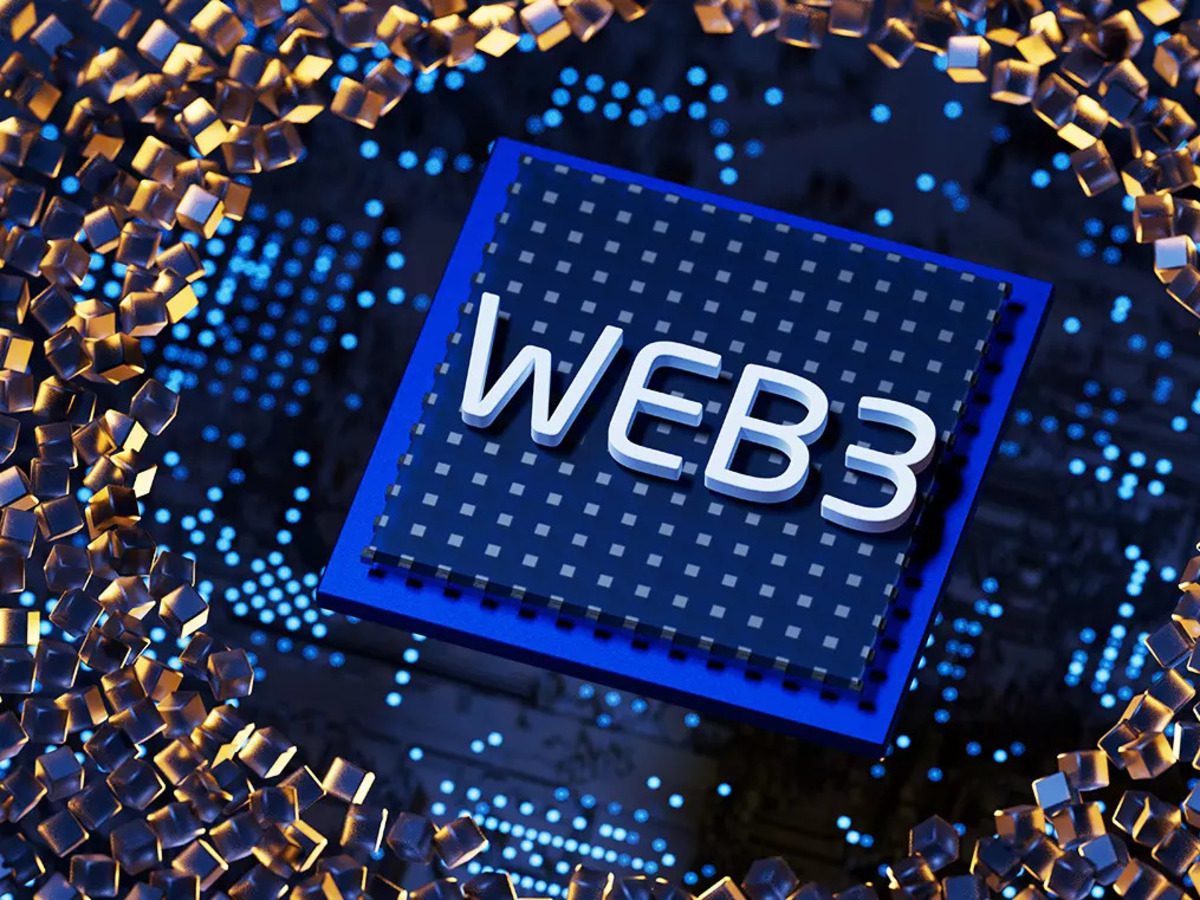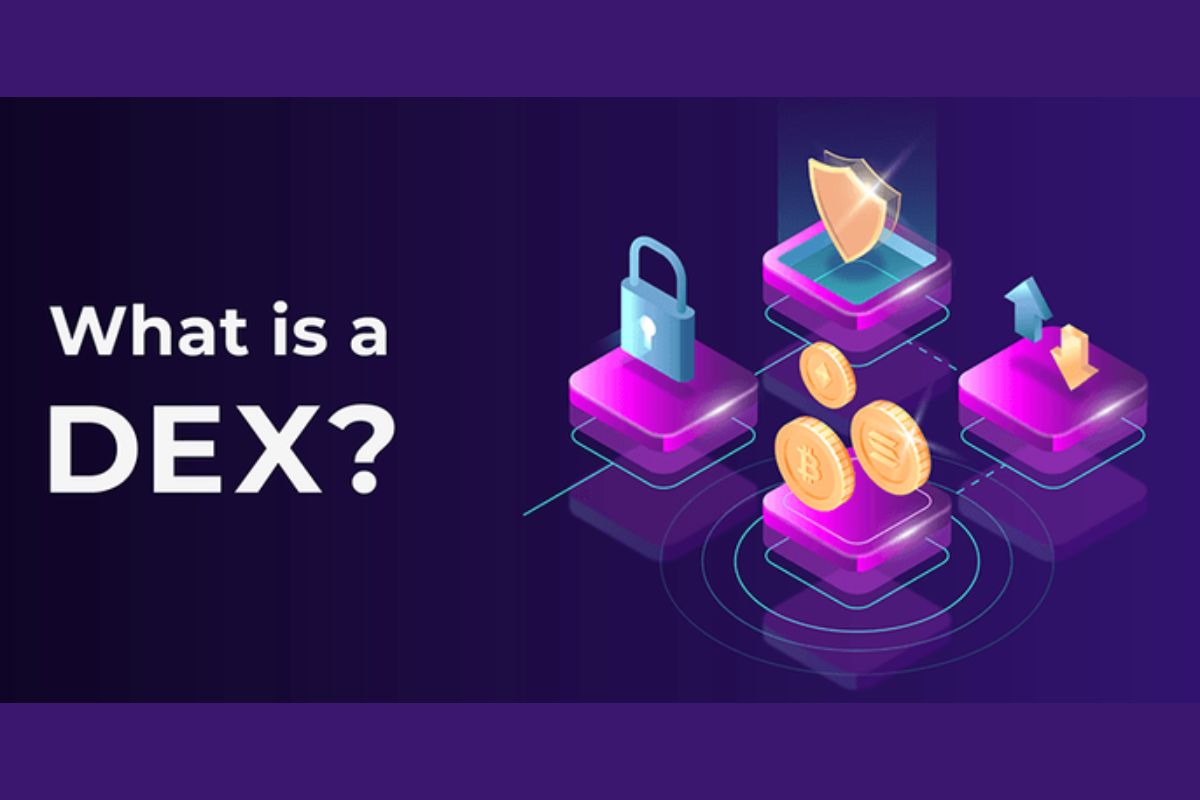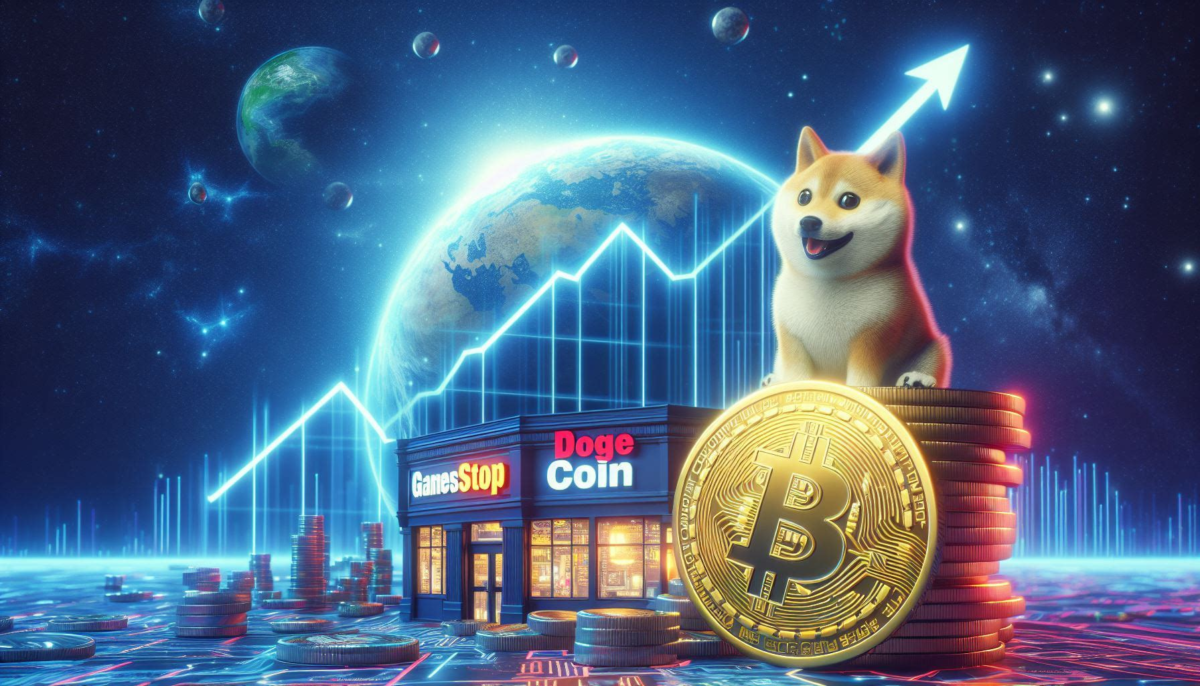Describe Web 1.0, web 2.0, and Web 3.0 with the help of examples. Read more about static pages, user-generated content and where it might all be headed — on the blockchain.
Review the key components, context, and perhaps some pitfalls of each iteration Learn about data ownership, transparency and user control A substantial illustrated introduction to the vibrant web landscape, regardless of your depth of interest in computers Find out what the internet of tomorrow looks like right now!
Web
Web” can refer to two different but interrelated concepts:
Present examples of how the internet has evolved over with Web 1.0, Web 2.0 and Web
1. World Wide Web (WWW): The three words stand for the most often used definition of the term we use to refer to the online information system that users can access. It is composed of linked online pages that can be accessed through hyperlinked web pages. It is the vast content layer that you interact with when you browse the web.
2. The World Wide Web: This is the collective term for the complete network of computers and servers that are connected and enable people to communicate and exchange information. The web functions because of the internet. Consider it the framework that permits gadgets to share and communicate with one another.
Here’s a simplified analogy
- Think of the internet as the electrical grid: It provides the underlying infrastructure for powering devices and enabling communication.
- Think of the web as the appliances plugged into the grid: It represents the specific applications and services you use, like lights, refrigerators, or computers, that leverage the infrastructure for their functionality.
History of Web
- Web1.0 (1990 – 2000)
- Web2.0 (2000 – 2023)
- Web3.0 ( Running )
Web 1.0
An Emotional Trip to the Read-Only Web
Even if Web3‘s potential is now being investigated, let’s go back in time and see where it all started.
Web 1.0. This period, which approximately corresponds to the middle of the 1990s and the beginning of the 2000s, was the birth of the World Wide Web and was distinguished by its static content, minimal user involvement, and emphasis on information sharing.
Consider a web that is dominated by
Text-only, basic websites: There are no social media feeds, interactive features, or beautiful animations. Imagine simple HTML pages that are jam-packed with data.
Dial-up connections: Do you recall the agonizingly slow internet speeds and the shrieking modem sounds? Yes, such were the times.
Restricted sources of material: The web was dominated by early corporations, educational organizations, and personal websites.
Experience limited to reading: The main activity of users was information consumption; content creation and contribution were less common.
Early search engines: that helped people traverse the small online world were AltaVista, Yahoo, and Lycos.
Key characteristics of Web 1.0
- Content: Static HTML pages, often created by hand.
- Technology: Simple web servers and HTML as the primary language.
- Users: Passive consumers of information, limited interaction mogelijkheden.
- Business models: Mostly static advertising and limited e-commerce options.
Web 1.0’s Legacy
While fairly simple in comparison to today’s dynamic web, Web 1.0 established the groundwork for what we have now. It built the web’s essential structure, pioneered information exchange, and laid the groundwork for Web 2.0’s dynamic user-driven experiences and Web3’s potential decentralization.
Some interesting facts about Web 1.0:
- The first website went live in 1991, created by Tim Berners-Lee at CERN.
- Early web browsers like Mosaic and Netscape Navigator popularized internet access.
- The Web 1.0 era witnessed the rise of email, online forums, and early chat rooms, sparking the beginnings of online communities.
- Search engines evolved rapidly, with tools like Google emerging and revolutionizing access to information.

Web 2.0
The Rise of Interactive, User-Driven Web
Web 2.0 began in the early 2000s, ushering in a new era of dynamic, user-generated content, social interaction, and participatory culture. This groundbreaking move converted the internet from a one-way information stream to a collaborative platform in which users actively influenced the online environment.
A Web Exploding
Facebook, Twitter, YouTube, and countless other social media platforms brought people together, allowing them to communicate, share content, and form communities.
User-generated content: Blogs, vlogs, wikis, and forums enable people to become creators, sharing their ideas and viewpoints with the world.
Interactive elements included dynamic online apps, multimedia material, and collaborative tools that enhanced user experiences and promoted engagement.
Web 2.0 technologies, such as Ajax and Flash, have made websites more engaging and dynamic.
The rise of the “sharing economy”: Platforms such as Airbnb and Uber encouraged peer-to-peer connections while redefining traditional company models.
Key Characteristics of Web 2.0
Content: User-generated content reigns supreme, with individuals becoming creators and publishers.
Technology: includes dynamic online apps, social media platforms, and interactive tools.
Users: are active participants, creators, and collaborators who help shape the online world.
Business: models should center on user involvement, advertising, and subscription-based services.
Web 2.0’s Impact
This age had a major impact on practically every part of our lives, including communication, entertainment, commerce, and education. It democratized access to knowledge, empowered individuals, and promoted a feeling of global community. However, questions about data privacy, manipulation, and online echo chambers began to arise.
Interesting facts about Web 2.0
- The rise of blogging platforms like Blogger and WordPress democratized content creation.
- Social media giants like Facebook and Twitter revolutionized communication and online interaction.
- Video-sharing platforms like YouTube provided new avenues for storytelling and entertainment.
- The “sharing economy” disrupted traditional industries like hospitality and transportation.
- Concerns about user data privacy and online security grew alongside the web’s expansion.
While Web 2.0 continues to affect our online experience, its limitations and obstacles pave the way for the potential of Web3, which strives for decentralization, user ownership, and greater transparency.
Web 3.0
Dive into the Decentralized Future of the Internet
Web3 is a developing notion for a future version of the internet that incorporates decentralization, blockchain technology, and a token-based economy.
It contrasts with today’s Web 2.0, which is generally dominated by major organizations that centralize data and manage user experiences.
Basics
The primary inspiration for Web 3.0 arises from concerns about the existing state of Web 2.0, which is controlled by huge firms such as Google, Facebook, and Amazon. These firms have large amounts of user data, which raises worries about privacy, censorship, and a lack of competition. Web3 seeks to overcome these concerns by developing a more decentralized and user-controlled internet.
Opinions on Web 3.0 differ greatly. Some see it as a revolutionary paradigm change, while others see it as meaningless jargon. It is vital to critically consider all viewpoints and make your own informed opinion.
Specific Applications: Web3 is not just a theoretical concept; it is now in use in a variety of actual applications. Examples include:
Decentralized Finance (DeFi): enables peer-to-peer financial services such as lending, borrowing, and trading without the need for traditional intermediaries.
Non-fungible tokens (NFTs): represent one-of-a-kind digital goods such as artwork, collectables, and even virtual land in online games.
Decentralized Autonomous Organizations (DAOs): are community-driven organizations with transparent rules and smart contracts.
Play-to-Earn Games: Games in which players can earn tokens while playing, resulting in new economic models and blurring the distinction between entertainment and financial engagement.
Challenges and Considerations
Scalability: Current blockchain technology has scalability limits, which could impede the mainstream adoption of Web3 apps.
Security: While blockchains have intrinsic security benefits, vulnerabilities persist, and breaches have occurred in a variety of DeFi applications.
Regulation: Web3’s decentralized nature presents issues for existing regulatory frameworks. Finding the appropriate balance between innovation and consumer protection is critical.
Accessibility: Users who are unfamiliar with blockchain technology and cryptography may struggle to understand and participate in Web3 activities. User-friendly interfaces and educational materials are critical for widespread adoption.
The Future of Web3
The future of Web3 is uncertain, but it has the potential to alter the internet environment significantly. Its success will be dependent on addressing current obstacles, developing user-friendly tools, and gaining widespread popular usage. Staying informed and participating in discussions will allow you to develop your own opinion on this emerging technology.
Optimistic Views
- Empowerment: Individuals reclaim control over their data and digital assets, fostering independence and agency.
- Transparency & Trust: Blockchain-based systems promote open records and verifiable transactions, building trust and accountability.
- Economic Opportunity: New models like DeFi and token-based economies create novel earning opportunities beyond traditional financial systems.
- Global Access: Decentralization removes barriers to entry and opens the internet to everyone, regardless of location or resources.
- Innovation & Collaboration: Open-source nature fosters open innovation and collaboration across diverse communities.
Critical Views:
- Hype & Uncertainty: Web3 promises are grand, but its real-world applications and long-term impact remain uncertain.
- Technological Challenges: Scalability, security vulnerabilities, and energy consumption present significant hurdles for widespread adoption.
- Regulatory Dilemmas: Decentralization clashes with existing regulatory frameworks, creating challenges for oversight and consumer protection.
- Accessibility Divide: Complex user interfaces and technical barriers exclude large segments of the population from participating.
- Centralization Creep: Even decentralized systems can develop dominant players and power imbalances, negating the initial goals.
Neutral Views:
- Evolutionary Potential: Web3 represents a potential step in internet evolution, but its ultimate form and impact depend on ongoing development and adoption.
- Mixed Bag: Some aspects hold promise (e.g., transparency), while others raise concerns (e.g., speculation). Careful evaluation of each application is crucial.
- Long-Term Perspective: Web3 is still nascent, and judging its success definitively requires a longer-term perspective.
Overall:
Web 3.0 sparks passionate debate due to its potential to alter the internet landscape fundamentally. Recognizing both its optimistic promises and critical challenges is essential for forming an informed opinion and navigating this evolving technological frontier.
Read more.
Ethereum ETFs: A Gateway to Crypto Investment
What Is APENFT Token? All You Need To Know

Becky Scott is a seasoned finance journalist specializing in providing expert guidance on financial news and trends. With a career dedicated to demystifying complex economic topics, Becky offers clear and insightful analysis that empowers readers to navigate the world of finance with confidence. Her articles are known for their practical advice and thorough research, aimed at helping individuals and businesses make informed financial decisions. Becky Scott’s passion for financial literacy is evident in her commitment to delivering accurate and accessible information that resonates with a wide audience.







